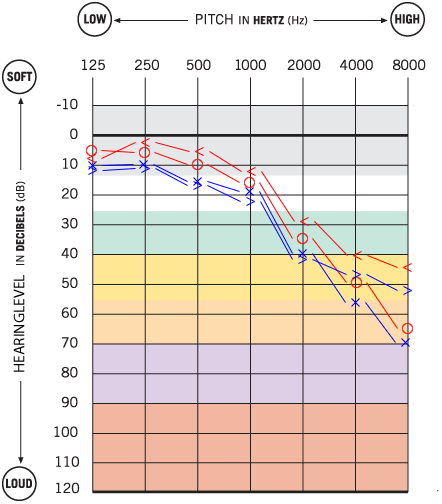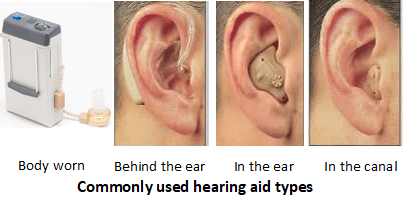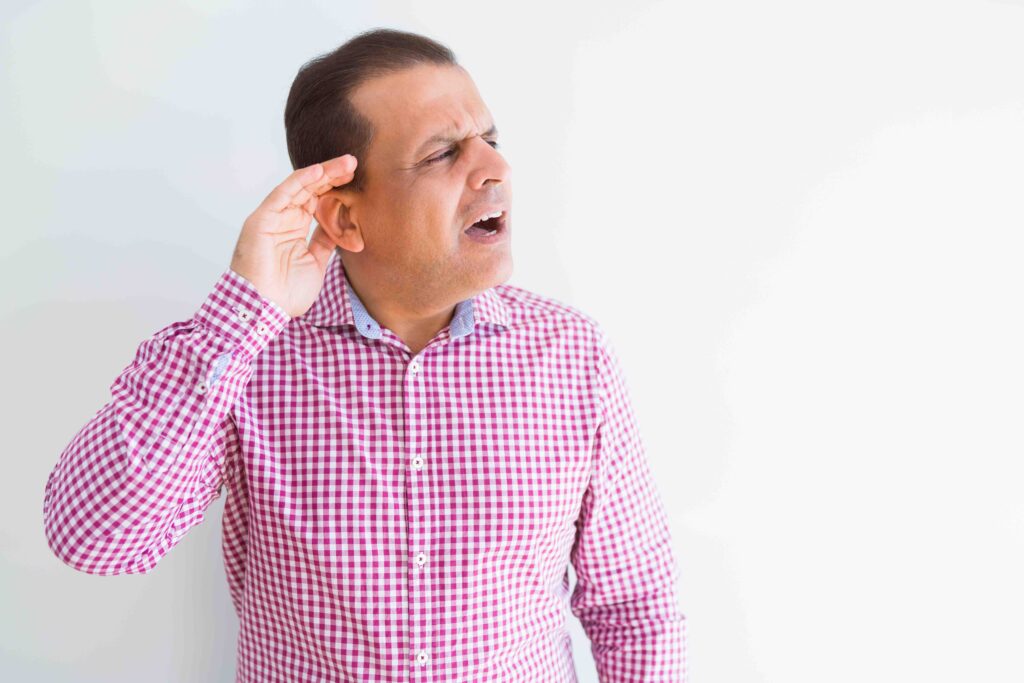Dr Jasbir Singh explains what is age-related hearing loss, and what you can do about it
Normal human ears can hear everything from a whisper to the sound of an engine. Decrease or loss of hearing is called deafness by the general population. Almost half of us develop age-related hearing loss, known as presbycusis, by the age of 75 years and most by 80-90 years of age. Incidence of hearing loss in men is greater than in women, probably due to higher exposure to noise. Before we discuss more about hearing loss, it would be a good idea to have some knowledge about the hearing organ and how we hear.
The ear is the hearing organ in humans. It has the following parts: (i) External ear consisting of pinna and ear canal. (ii) Tympanic membrane or eardrum. (iii) Middle ear or tympanic cavity consisting of three small bones called ossicles and the middle ear cavity that is filled with air and connected with the back of the nose via the Eustachian tube to equalise the pressure in the middle ear. (iv) Inner ear consisting of cochlea (for hearing), semicircular canals (for balance) and vestibule (also for balance).

When a sound is made, the sound waves travel down to the ear canal and strike the eardrum. The eardrum vibrates and transmits sound waves to the ossicles, which amplify the sound and send the sound waves to the cochlea. The cochlea converts these sound waves to electric impulses and transmits them to the brain through the auditory nerve. The brain interprets these impulses as sound.
Common causes of hearing loss
Ageing: Generally, ageing causes wear and tear of the structures in the cochlea, which then cannot convert sound waves to electric impulses and transmit them to the brain and thus, hearing loss occurs. High-pitched sounds become muffled or it becomes difficult to pick up some words against the background noise.
Ear wax: Gradual buildup of ear wax can block the ear canal and prevent the sound waves from reaching the eardrum.
Ruptured eardrum: The eardrum can get ruptured by a loud blast of noise, sudden change in pressure, poking by external objects like ear buds, or infections. These factors can cause sensorineural or conductive type of hearing loss.
How do I know if I have hearing loss?
Ask yourself the following questions. If you answer “yes” to three or more of these questions you may have hearing problem. [Source: National Institute on Deafness and Other Communication Disorders, USA]
- Do you sometimes feel embarrassed when you meet new people because you struggle to hear?
- Do you feel frustrated when talking to members of your family because you have difficulty hearing them?
- Do you have difficulty hearing or understanding co-workers, clients, or customers?
- Do you feel restricted or limited by a hearing problem?
- Do you have difficulty hearing when visiting friends, relatives, or neighbours?
- Do you have trouble hearing at the movies or in the theatre?
- Does a hearing problem cause you to argue with family members?
- Do you have trouble hearing the TV or radio at levels that are loud enough for others?
- Do you feel that any difficulty with your hearing limits your personal or social life?
- Do you have trouble hearing family or friends when you are together in a restaurant?
What should I do if I have trouble hearing?
If you think you have a hearing problem, you should seek advice from your family doctor, an ENT specialist (an otorhinolaryngologist) or an audiologist, who will conduct a hearing test. The hearing test will generally show a high-frequency hearing loss in age-related hearing loss. See a typical audiogram of age-related hearing loss showing dip in the hearing at higher frequencies (2000 to 8000 hertz).
What devices can help age-related hearing loss?

There are a number of devices, but a hearing aid is the most commonly prescribed device. Other devices include a cochlear implant, bone anchored hearing systems, etc.
Hearing aids are electronic devices used to make the sound louder.

Types of hearing aids commonly used
Body-worn: This was the first type of hearing aid developed, but is rarely used these days. Body-worn hearing aid consists of a case worn in the pocket or on a belt and an ear mould connected to the case by a cord.
Behind the ear (BTE): BTE hearing aids are the most common hearing aids used today. They have a small case that fits behind the pinna and provides sound to the ear via a small length of tubing or an electric wire to a miniature speaker placed in the ear canal. BTEs can be used for mild to profound hearing loss. These days almost invisible miniature BTEs are available, which have a hairlike sound tube.
In the ear (ITE): ITE hearing aids fit in the outer ear bowl (called as concha). ITEs are custom-made for each individual.
In the canal (ITC): ITC hearing aids are small and custom-made to fit in the ear canal, thus making them invisible and comfortable.

For more information about the type of hearing aid that will best suit your lifestyle and budget, you should contact an audiologist near you.









When you are getting old age every part of body resisting….very difficult time .
I met with a audiologist but they are insisting to buy a very costly hearing aid from 50000thausand to 750000 thousand for one piece which I can’t afford what’s to do I stoped going there
Please try another audiologist or check the price online for the same make and model.
I am 79 yrs old . I’m badly in.need of hearing aid.
Price please.
Comments are closed.